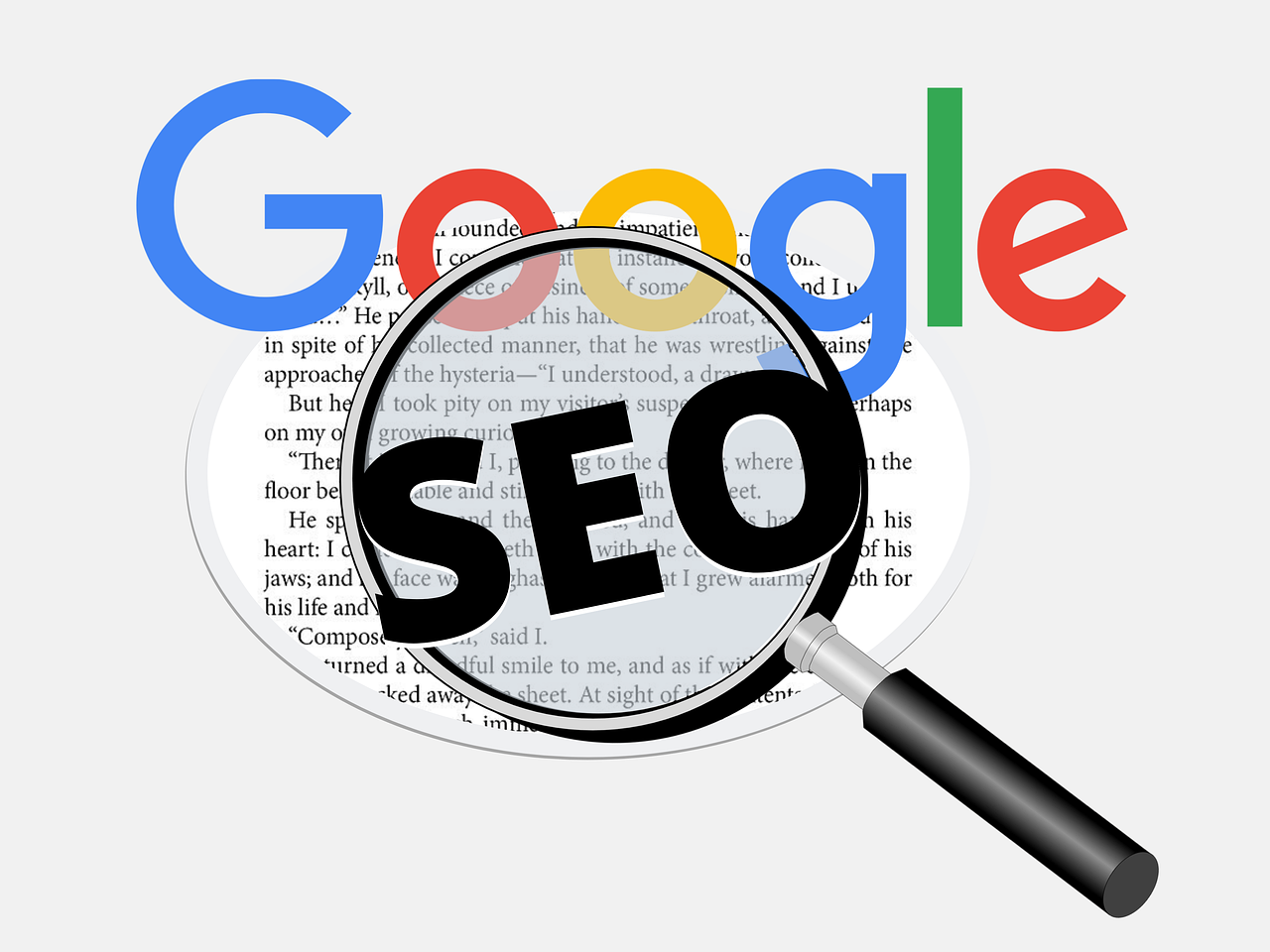How SEO & Graphic Design Can Become A Dream Team via @sejournal, @tonynwright
Not sure how to reconcile design and SEO differences? Let the two work together for a better website experience for your user with these tips. The post How SEO & Graphic Design Can Become A Dream Team appeared first...

SEO pros and graphic designers don’t always see eye to eye – and that’s a shame.
Modern graphic designers often prefer clean designs with lots of white space, whereas SEO professionals are less concerned about the latter.
Generally speaking, SEO pros want content wherever we can get it.
After all, if the keyword or keyword phrase doesn’t appear on the page, the page won’t appear high in the search engine results.
Anyone who has worked on a website project knows that disagreements between SEO pros and graphic designers won’t be solved by designers specific design methodologies or SEO experts pointing to unconfirmed statistics.
I’m not a graphic designer, but, having worked closely with designers for over 20 years, I know a few tricks to help SEO experts and designers get what they want.
Below are some of the best tricks I’ve learned throughout my career.
Everything Doesn’t Have To Be Above The Fold
When it comes to content, I’ve found that both SEO professionals and designers tend to agree: The most crucial text and the copy must be at the top of a page.
Google tells us this as well.
The page is about what the page is about – and it’s up to the website’s author to discern the essence of the page and communicate that to the intended audience.
And when it comes to websites, both SEO pros and designers need to keep the intended audience top of mind.
SEO pros need to remember that the intended audience is not Googlebot. In contrast, designers need to remember that the intended audience is not an art professor, nor is it the person approving the final design – well, to a point.
Typically, designers’ work must be reviewed and approved by somebody who oversees the site.
If an SEO pro wants to place content somewhere that looks off, this could delay approval of the overall design – and thus, designers might push back on the request.
I’ve found that good designers who are willing to compromise can typically incorporate changes to a design that works for the client, the designer, and the SEO pro.
At the end of the day, the look and feel of a site are extremely important for it to be successful.
But if you spend time and money building a beautiful site, you want to make sure people are visiting it.
So, designers and SEO experts should work closely to strike the right balance.
SEO pros can advise on the proper structure to get visitors to your site, and designers can make sure you’re not sending traffic to a site that doesn’t mesh well with its intended audience.
All the traffic in the world won’t make a difference if those visitors don’t take the desired action.
Break Up Copy
While both designers and site visitors might find giant blocks of text ugly and intimidating, SEO pros often love them.
We want pixels and pixels of text that the search engine spiders can feed on, to their heart’s content.
In my opinion, SEO pros are typically wrong when it comes to the pagination of copy.
As SEO experts, our job is to make sure that the content written for each page shows expertise, authority, and trust (E-A-T).
While the way the words are placed on the page does contribute somewhat to a page’s E-A-T, pagination is not the defining factor of E-A-T.
In fact, if we are being honest, E-A-T is more a concept than a hard and fast rule.
Most SEO pros know what E-A-T is when they see it, but defining it can be a daunting task.
But, once the research is complete and the copy is written, it’s time to trust the designer to do their job.
SEO pros can insist that the copy be present, but dictating text placement is akin to telling the pilot how to fly a plane just because you are a Platinum mileage traveler.
As long as it’s placed in a way that makes sense, our job is done.
Here are some tips I’ve found for breaking up copy without interfering with traditional designer duties:
Break up text with bulleted and numbered lists. Bulleted lists are excellent vehicles for topics and keyword phrases. And, they can break up a wall of text to make it less daunting for the end user. Pull quotes are your friend. Pull quotes break up the page and can also emphasize key points to end users and search engine robots. Use image captions. I’m an old newspaper editor, so I believe every image should have a caption – though many people don’t use captions for their images anymore. Captions are also great for additional keyword and keyword phrase placement. And no, ALT Text is not the same as forward-facing captions.Compromise On Fonts And Images
Some SEO experts sometimes act like the Maverick in “Top Gun”: We feel the need for speed.
Designers don’t always share, or fully understand, our obsession with how fast a site loads.
But, they can save themselves a ton of time, headache, and argument by using Web-native fonts.
Designers should work to optimize images so they load quickly – and if they can’t get them fast enough, they may need to be loaded via a content delivery network (CDN).
Designers should use animation sparingly, as it typically can’t be read by search engines and distracts end users. The same can be said for excessive videos.
But, SEO pros must remember that a score of 100 on the Google Page Speed tool isn’t necessary (anything above 90 is just an ego boost).
In Conclusion
SEO pros and site designers must work together to create websites that delight their intended audience.
Any organization that doesn’t have both an SEO expert and a graphic designer on the marketing team is most likely missing opportunities.
But, if they work together, the natural friction between SEO pros and designers can create some pretty brilliant diamonds.
More resources:
5 Ways SEO & Web Design Go Together Web Design Practices That Frustrate SEO Pros The Complete Guide to On-Page SEOFeatured Image:Rawpixel.com /Shutterstock

 Astrong
Astrong 
































